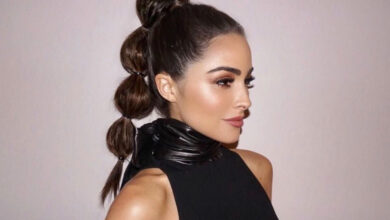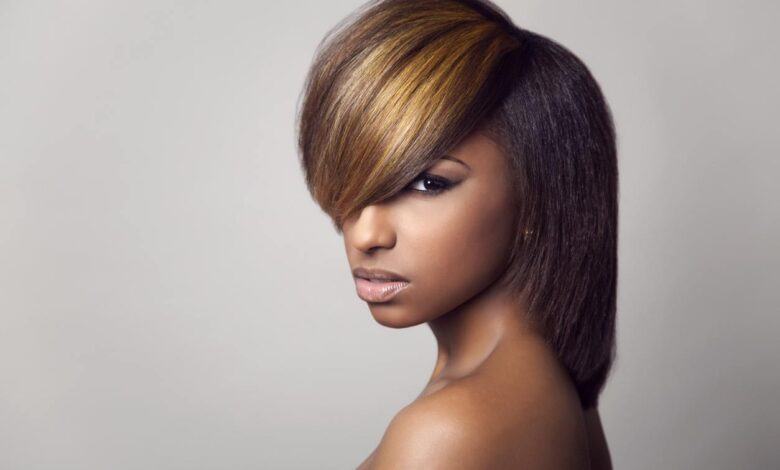
Are you tired of struggling to find the right hair products that cater to your specific hair type? Look no further! We have the ultimate guide to decoding the subcategories of hair types, from 1A to 4C. Whether you have straight, wavy, curly, or coily hair, understanding your hair type is the key to achieving those enviable locks. Join us as we unravel the secrets behind each hair type subcategory and unlock the potential for your best hair ever. Say goodbye to hair disasters and embrace the power of knowing your hair type!
Understanding Hair Types
Introduction to hair types
Understanding your hair type is crucial in order to properly care for and style your hair. Hair types are typically categorized based on their texture, curl pattern, and thickness. By identifying your hair type, you can find the most appropriate hair care routine and styling techniques that will help you achieve the best results for your specific hair type. In this article, we will explore various hair typing systems and explain the characteristics of each hair type, as well as provide hair care and styling tips for each type.
Why hair type subcategories are important
Hair type subcategories are important because they allow for a more accurate classification and understanding of different hair types. While the broad categories of straight, wavy, curly, and coily capture the general characteristics of each hair type, the subcategories provide more detailed information regarding variations within each type. This level of specificity is essential in formulating effective hair care routines and styling techniques, as it allows individuals to tailor their approach based on the unique needs of their specific hair type.
Hair Type Classification Systems
Overview of hair typing systems
Over the years, several hair typing systems have been developed to classify different hair types. These systems typically use a combination of numbers, letters, and symbols to categorize hair types based on their texture and curl pattern. One of the most widely recognized hair typing systems is the Andre Walker Hair Typing System, which we will explore in more detail later in this article.
Evolution of hair typing systems
Hair typing systems have evolved over time as a result of increased knowledge and awareness surrounding different hair types. In the past, hair typing systems focused primarily on categorizing hair based on its texture, such as straight, wavy, curly, or coily. However, as more research and understanding emerged, it became apparent that there were significant variations within each category. This led to the introduction of subcategories that allowed for a more nuanced classification of different hair types, accommodating the diverse textures and curl patterns that exist.
The Andre Walker Hair Typing System
Explanation of Andre Walker’s system
The Andre Walker Hair Typing System is one of the most popular and widely used hair typing systems. Developed by celebrity hairstylist Andre Walker, this system categorizes hair types based on their curl pattern and texture. The system utilizes a combination of numbers and letters to classify hair types, with each category representing a specific curl pattern and texture.
Breakdown of hair types 1A to 4C
The Andre Walker Hair Typing System includes five main categories, ranging from type 1 (straight hair) to type 4 (coily hair). Within each category, there are subcategories that further define the characteristics of each hair type. Here is a breakdown of the subcategories within each main hair type category:

Type 1 Hair: Straight Hair
Characteristics of type 1A hair
Type 1A hair is the straightest hair type, with no visible curl pattern. It is typically very fine and tends to be flat and lacking in volume. This hair type is known for being silky and smooth, but it can also be prone to oiliness.
Characteristics of type 1B hair
Type 1B hair is also straight, but it has a slightly thicker texture compared to type 1A. This hair type may have a bit more volume and body, but it still lacks a visible curl pattern.
Characteristics of type 1C hair
Type 1C hair is the thickest and fullest type of straight hair, with more body and volume compared to type 1A and 1B. It may have a slight wave at the ends, but it is predominantly straight with minimal curl.
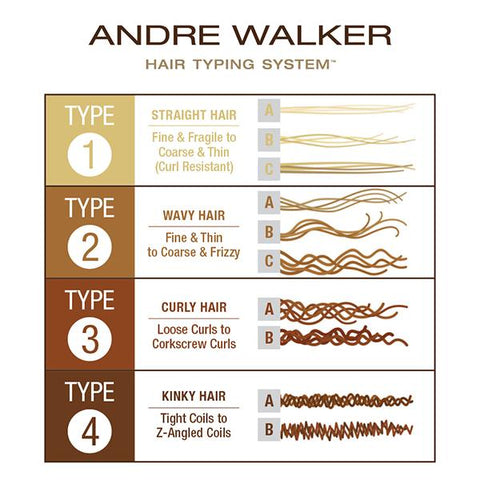
Type 2 Hair: Wavy Hair
Characteristics of type 2A hair
Type 2A hair is the mildest form of wavy hair, with loose, beachy waves. It tends to be fine in texture and has a natural shine. This hair type is relatively easy to straighten or enhance with styling products.
Characteristics of type 2B hair
Type 2B hair has more defined waves than type 2A, with a slight ‘S’ shape. It is medium in texture and has a tendency to frizz. This hair type requires some extra care and styling techniques to enhance and define the waves.
Characteristics of type 2C hair
Type 2C hair has well-defined waves that are closer to a loose curl than just a wave. It is thick and coarse in texture, making it more prone to frizz and dryness. This hair type requires extensive moisture and styling for optimum wave definition.
Type 3 Hair: Curly Hair
Characteristics of type 3A hair
Type 3A hair consists of large, loose curls that have a noticeable ‘S’ pattern. It is naturally shiny and has a medium texture. This hair type is relatively easy to style, but it can be prone to frizz and dryness.
Characteristics of type 3B hair
Type 3B hair is characterized by tighter curls that form a more defined spiral shape. It has a coarse texture and requires extra moisture and careful styling techniques to maintain its shape and minimize frizz.
Characteristics of type 3C hair
Type 3C hair is composed of tightly coiled curls that have a corkscrew-like shape. It is densely packed and has a fine texture, which makes it prone to dryness and breakage. This hair type requires regular deep conditioning and styling techniques specifically designed for curly hair.
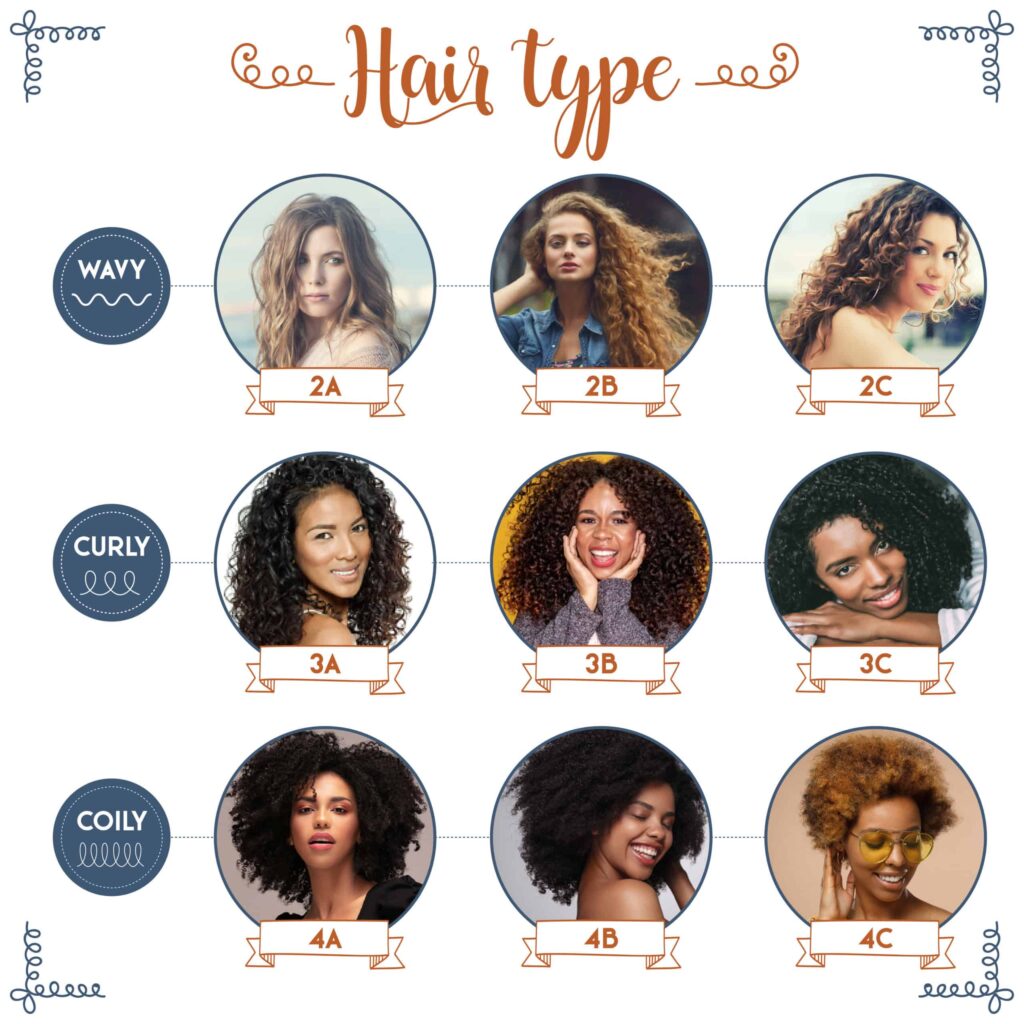
Type 4 Hair: Coily Hair
Characteristics of type 4A hair
Type 4A hair is tightly coiled with a distinct ‘S’ pattern. It is densely packed and has a fine texture. This hair type requires regular moisturization and protective styling to maintain its shape and prevent breakage.
Characteristics of type 4B hair
Type 4B hair consists of tightly coiled curls that form a zig-zag shape rather than a definite curl pattern. It has a medium to coarse texture and requires intensive hydration and gentle handling to prevent dryness and breakage.
Characteristics of type 4C hair
Type 4C hair is the most tightly coiled hair type with no visible curl pattern. It is extremely dense and has a coarse texture. This hair type requires deep moisturization, gentle handling, and protective styling to minimize breakage and promote healthy hair growth.
Hair Care Tips for Different Hair Types
Hair care routine for type 1 hair
- Use a lightweight shampoo and conditioner to avoid weighing down the hair.
- Incorporate a volumizing product to add body and lift.
- Avoid heavy styling products that can make the hair look greasy.
- Limit the use of heat styling tools to prevent damage.
Hair care routine for type 2 hair
- Use a moisturizing shampoo and conditioner to maintain the hair’s natural moisture balance.
- Apply a curl-enhancing product to define and enhance the waves.
- Limit the use of heat styling tools to prevent frizz and damage.
- Deep condition regularly to keep the hair hydrated and prevent dryness.
Hair care routine for type 3 hair
- Use a sulfate-free shampoo and a hydrating conditioner to maintain moisture levels.
- Apply a leave-in conditioner or curl cream to enhance and define the curls.
- Utilize the LOC (leave-in, oil, cream) method to seal in moisture.
- Deep condition regularly to keep the curls hydrated and prevent frizz.
Hair care routine for type 4 hair
- Use a moisturizing and sulfate-free shampoo to avoid stripping the hair of its natural oils.
- Apply a generous amount of leave-in conditioner to provide maximum hydration.
- Incorporate a sealing oil or butter to lock in moisture.
- Deep condition weekly or bi-weekly to maintain moisture levels and prevent breakage.
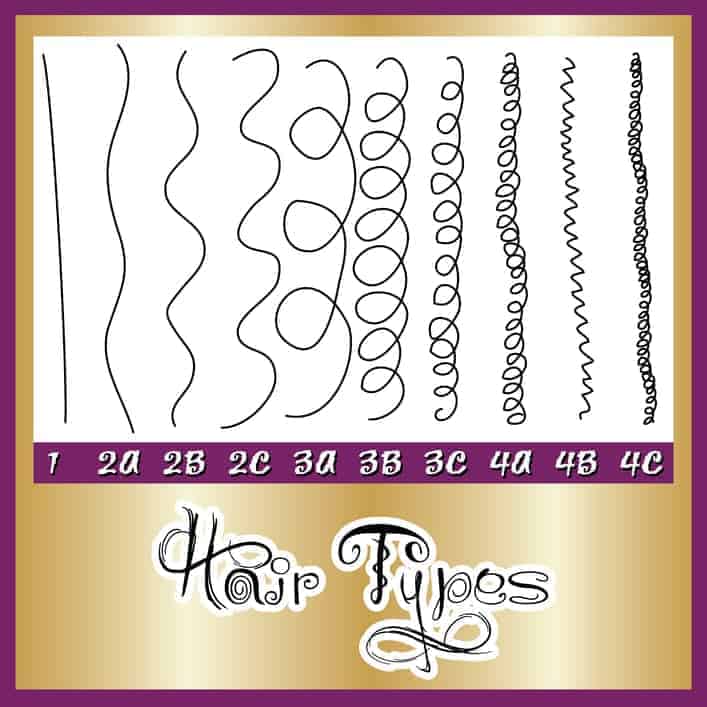
Styling Techniques for Different Hair Types
Styling tips for type 1 hair
- To add volume, use a wide-toothed comb or vent brush to lift the hair at the roots.
- Experiment with different hair accessories such as headbands and clips for added style.
- Use a lightweight hairspray or mousse to add texture and hold.
Styling tips for type 2 hair
- Enhance the natural wave pattern by scrunching the hair with a curl-enhancing product.
- Use a diffuser attachment on your hairdryer to dry the hair without disturbing the waves.
- Experiment with different styling techniques such as braids or twists for added texture and definition.
Styling tips for type 3 hair
- Apply a curl-defining cream or gel to freshly washed hair to enhance and define the curls.
- Use the ‘plopping’ or ‘pineappling’ method to protect the curls while they dry.
- Avoid brushing or combing the hair when dry to prevent frizz and disrupt the curl pattern.
Styling tips for type 4 hair
- Section the hair and apply a rich moisturizer or leave-in conditioner to each section before styling.
- Use the ‘praying hands’ method to apply styling products, ensuring even distribution.
- Experiment with protective styles such as twists, braids, or bantu knots to minimize manipulation and promote hair growth.
Conclusion
Understanding your hair type is a crucial step in achieving healthy and beautiful hair. By identifying your specific hair type and becoming familiar with its unique characteristics, you can tailor your hair care routine and styling techniques to meet the specific needs of your hair. Whether you have straight, wavy, curly, or coily hair, there are effective strategies and tips available to help you enhance and celebrate your hair’s natural beauty. Remember to embrace and love your hair, as each hair type is unique and beautiful in its own way.
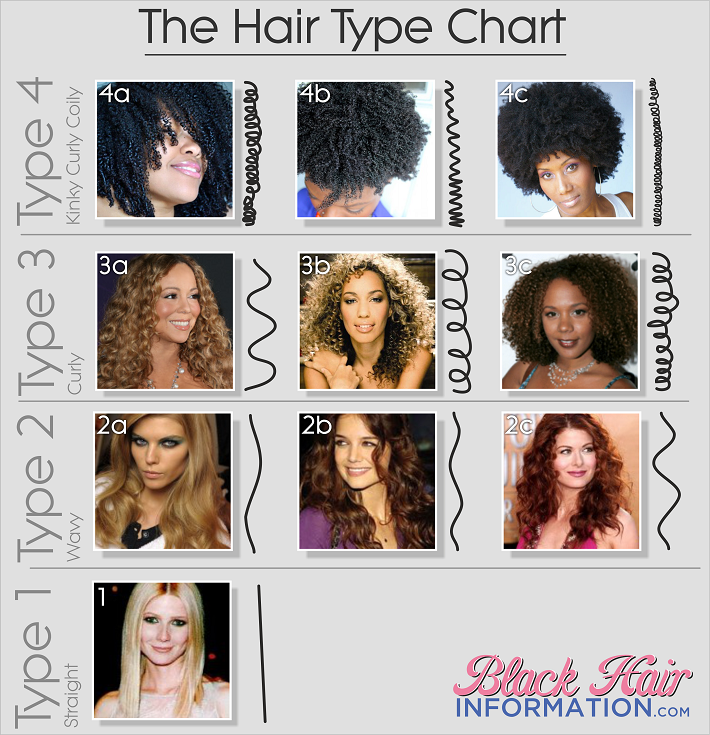
Skin Deep: The Science Behind Skin Types Explained On Stylish.ae(Opens in a new browser tab)
Walking Elegance: Parisians’ Choice Of Flats Revealed By Stylish.ae(Opens in a new browser tab)
Straight Talk: Everything You Need To Know About Type 1 Hair(Opens in a new browser tab)




